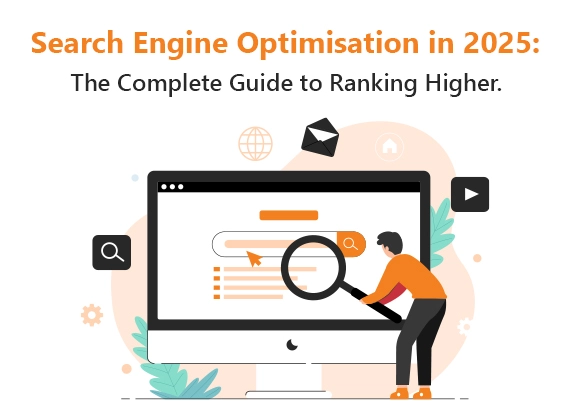Introduction
Developing a strong brand strategy and communication
plan is essential for any
business seeking to stand out, build trust, and create lasting
connections with
customers. A resonant brand inspires loyalty and drives engagement
across all
touchpoints.
Define Your Brand Purpose
Start by identifying your mission, vision, and values the “why” behind your brand. These guide every strategic
and communicative decision, helping foster authenticity and clarity in your messaging.
Research Target Audience & Competitors
Conduct thorough research to understand your ideal customer’s demographics, needs, and pain points. Segment
your audience and create buyer personas based on these insights. Analyze your competitors’ positioning,
messaging, and what you can offer that differentiates your brand.
Develop Your Brand Positioning & Identity
Craft your unique value proposition and positioning statement, articulating what sets your brand apart.
Create a memorable brand identity, including visual elements (logo, colors) and tone of voice, ensuring
consistency across all communications.
Set Clear, Measurable Objectives
Establish specific, measurable goals for your communication plan such as increasing brand awareness,
improving engagement rates, or boosting conversions. These objectives guide every action
and measurement of success.
Build Your Communication Plan
Map out how your brand will communicate across all channels (online and offline).
-
Audit your current brand messaging and touchpoints to identify gaps or inconsistencies.
-
Choose communication channels based on audience preferences.
-
Craft personalized messages for each segment.
Align Internal Stakeholders
Ensure every team member understands and embodies the brand strategy and core values. Internal
alignment creates consistency and turns employees into brand advocates.
Implement, Monitor & Refine
Launch your strategy and communication plan, monitoring performance with relevant metrics.
Use analytics to track outcomes, gather feedback from customers and stakeholders, and refine your approach regularly.

